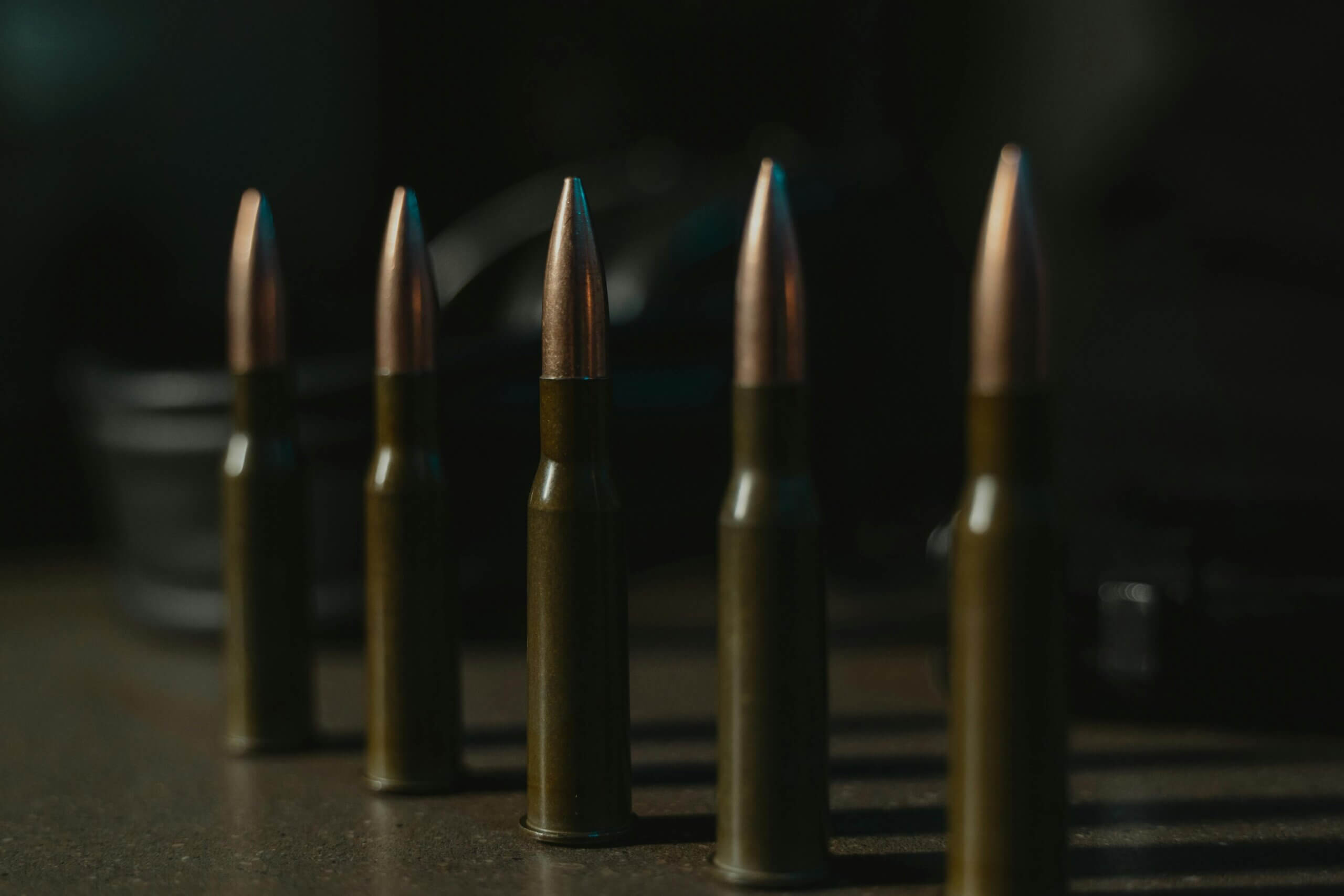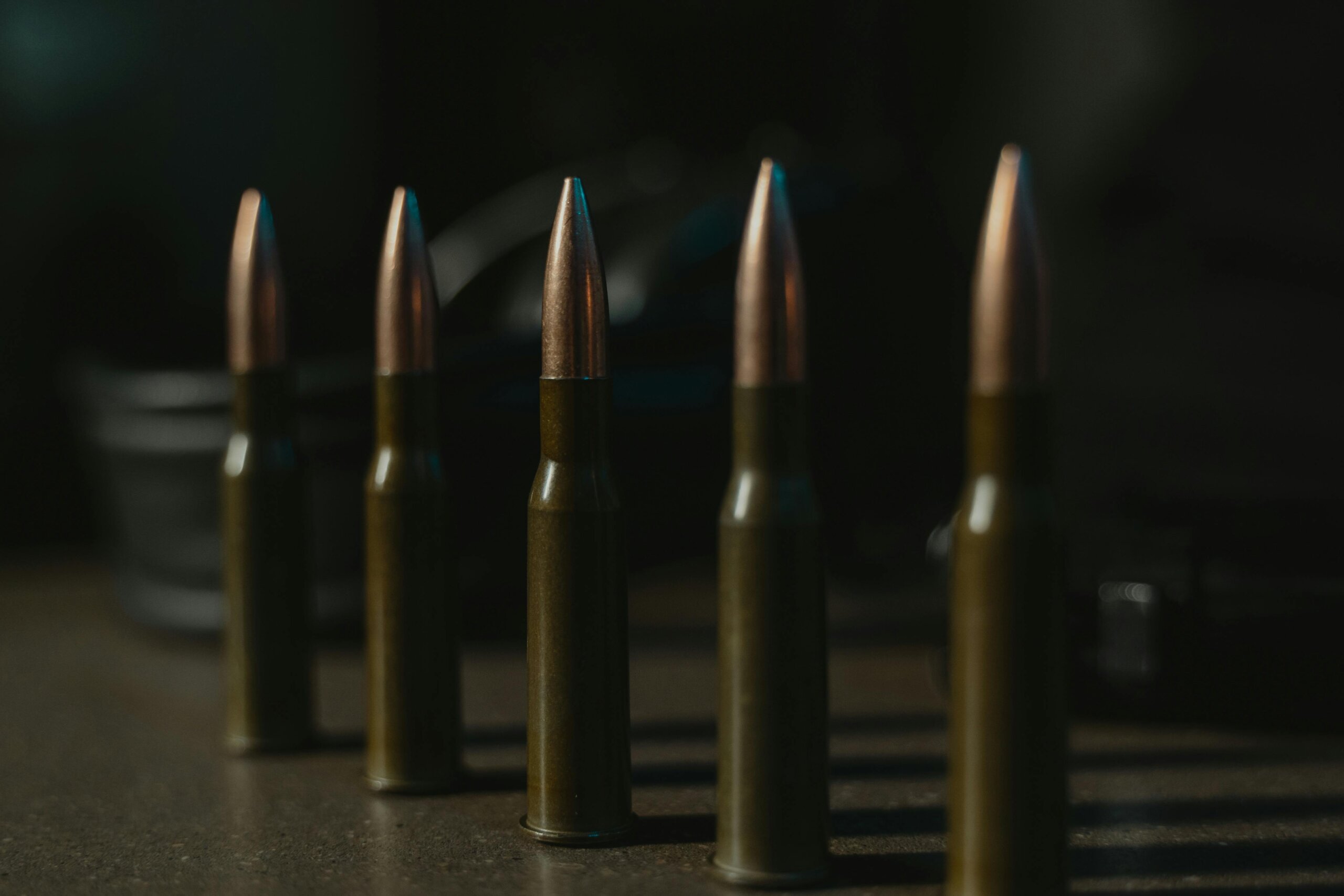On his visit to China last month, Secretary of State Antony Blinken called out China for supporting Russia’s war machine. In detailing how Beijing supports Moscow, Blinken pointed to “microelectronics” and “machine tools” – inputs key to sustaining a Russian-style war of aggression. Blinken also noted a less familiar item that China is providing Russia with: “nitrocellulose – which is critical to making munitions and rocket propellants.”
Blinken may be the first US Secretary of State to utter “nitrocellulose” in official remarks abroad.
Days before Blinken’s remarks, European leaders had begun to raise alarm over China’s nitrocellulose stranglehold. Saab CEO Michael Johansson highlighted the dependencies on China of European gunpowder production, tracing upstream to the “nitrocellulose to create powder.”
What the nitrocellulose story underscores is that trusted supply is necessary for competing with China.
Chinese sources report that China exports more than half of the global share of nitrified cotton – and accounts for more than 70 percent of Europe’s nitrified cotton imports.
Nitrocellulose may not have captured the imagination of DC the same way semiconductors have in recent years. But the raw material is a critical input for propellants needed in almost all modern munitions. And China’s dominance of nitrocellulose production constitutes a severe bottleneck for the West.
The importance of upstream military inputs
Protracted conflict, as seen in today’s kinetic battlefields, demands sustained munition production. Drones and Starlink may garner more headlines. Big ticket weapons systems, like air defense missile launchers, may register more explicitly in budgets. But delivery of battlefield effects and the capacity to sustain quantitative advantage are just as important – and they depend on critical upstream supply lines, like that of nitrocellulose.
America’s adversaries are watching. Capacity to mobilize munition production matters on today’s battlefields. It matters even more in positioning to deter future wars. The US defense industrial base – and its allied peers – need to demonstrate to those in Beijing, Tehran, and Moscow that the United States can compete in production and re-supply.
If not, China will be emboldened – and more likely to impose costs on the United States and its allies.
China’s intent should be no surprise. When Beijing controls a supply chain, it positions to convert that control into coercive, geopolitical leverage. Recall Beijing restricting rare earth exports to Japan in 2010 amid a territorial dispute. More recently, China enacted export restrictions on gallium and germanium following US semiconductor export restrictions.
A call to arms on basic upstream inputs, like nitrocellulose, should resonate in the United States for both defensive and offensive reasons.
This dynamic – and the apparatus Beijing leverages to implement it – reflects China’s strategy of “military-civil fusion,” which activates seemingly commercial interests for strategic, military effects.
“Military-civil fusion” is plainly apparent in the nitrified cotton market. Major Chinese players in that sector include actors like Sichuan North Nitrified Cotton Co., Ltd., a subsidiary of major State-owned defense giant Norinco Group.
Increasingly, the US industrial base is waking up to the nitrocellulose bottleneck, just as it is to the PRC’s military-civil fusion threat more generally. But often the case, America’s response is stalling at the point of raising alarm and ad hoc activity.
It is great that sanctions have been applied to numerous Chinese nitrocellulose suppliers that are supporting Moscow. That may be the start of good defense. But corresponding offensive action is needed.
Ramping up munition production
A recent bill from Senators Cassidy and Risch with a corresponding House equivalent introduced by Representative Emmer lays out a path for raising awareness and prompting action.
The Ammunition Supply Chain Act has already garnered support from industry leaders like Vista Outdoors and the National Shooting Foundation. Ideally, the bill’s scope would also spur stockpiling efforts by the Defense Logistics Agency to ensure trusted supply along critical munition supply lines. A recent Congressional hearing showed positive signs, with US Army representatives confirming that a “modern, very high capacity production capacity” for nitrocellulose would come online this year at the Radford Army Ammunition plant.
The US defense industrial base – and its allied peers – need to demonstrate to those in Beijing, Tehran, and Moscow that the United States can compete in production and re-supply.
A call to arms on basic upstream inputs, like nitrocellulose, should resonate in the United States for both defensive and offensive reasons. As Vladimir Putin flexes hard power and 20th century tactics, it is incumbent on the United States to realize the critical importance of real economy supply lines, especially those like nitrocellulose. America needs to defend its own access to, and ability to substitute, supply lines that may be threatened by adversaries. America must also prove out that supply strength lest US power projection rings hollow.
What the nitrocellulose story underscores – building on learning over the past decade with critical minerals – is that trusted supply is necessary for competing with China, for registering a credible deterrent in the eyes of Beijing, and for being positioned to control escalation in today’s conflicts and the kinetic risks carried by emboldened adversaries in Tehran and Moscow.
The sad reality is that the United States may not be ready to do so today. But it needs to get in gear – and fast – on munition production and supply lines. Nitrocellulose offers a natural launching point.
– Emily de la Bruyère and Nathan Picarsic, Senior Fellows at the Foundation for Defense of Democracies and co-founders of Horizon Advisory
(Photo by Tima Miroshnichenko/Pexels)




